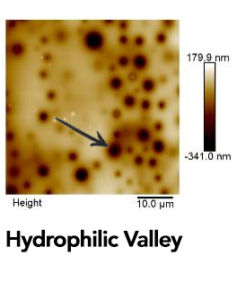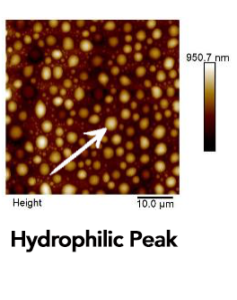Adaptive Surface Technologies, Inc. (AST) is an industrial technology company that produces additives and coatings that repel fluids, contaminants, ice, and biological fouling. Our products can be used for a wide range of consumer, industrial, marine, and medical applications. Our mission is to solve our customers’ problems while protecting and improving the environment. The unparalleled performance of AST products comes from our cutting-edge, patented technology. Our durable liquid SLIPS® coatings are 100% smooth and completely non-stick.
AST has brought two distinct product groups to market:
“Wet”: SLIPS® liquid surface coatings
“Dry”: AST repellent coatings and additives
SLIPS® Coatings
This novel technology platform has been commercialized as SLIPS® Repel for industrial applications, and as SLIPS® Zero for consumer packaging applications. Due to their 100% liquid surfaces, these SLIPS® coatings provide unparalleled performance. They have better non-stick properties than Teflon® and are more robust than superhydrophobic surfaces.

Solid surfaces are microscopically rough, promoting the adhesion of unwanted fluids and biological foulants

SLIPS® coatings create a fully liquid surface that is ultra-smooth and super-slippery; unwanted fluids and biological foulants slide right off
AST Repellent Coatings and Additives
AST has also developed its own proprietary Surface Active Polymer (SAP) additives, which stratify to the surface and create hydrophilic domains within a hydrophobic matrix. These additives were developed to repel various types of marine biofouling, and have been commercialized as SLIPS® Foul Protect for marine applications. However, these SAP’s have also shown promising performance in repelling frost and ice for other industrial and aerospace applications.
Additives stratify, putting hydrophilic domains at the interface
Demonstrated success in multiple binder systems for various applications
As Made Coating

After Water Exposure

AST is developing an anti-ice coating for aviation industry applications.
Learn More About Our Products

